Fujifilm X100S Review: Image Quality
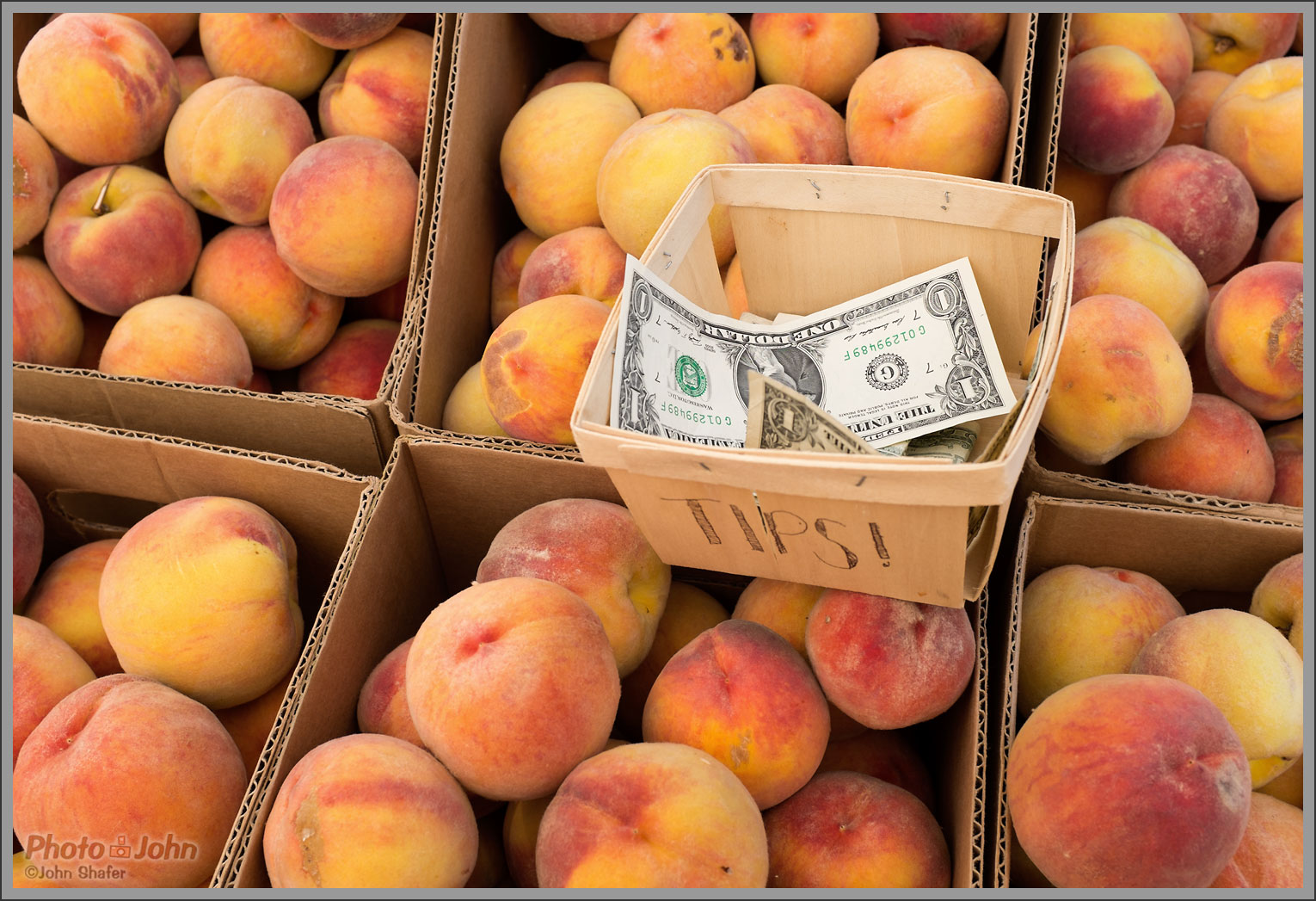
Fujifilm X100S – Farmers Market Peaches
The Fujifilm X100S has outstanding image quality. Ultimately, for me, that’s what the camera is all about. Fujifilm introduced the first generation X-Trans sensor at the beginning of 2012 with the X-Pro1, their first interchangeable lens mirrorless camera. The X-Trans sensor has a proprietary RGB filter array that randomizes the red, green and blue pixels, effectively eliminating moiré problems. This allowed Fujifilm to dispense with the anti-aliasing filter, which blurs the images a bit to get rid of moiré patterns. Removing the anti-aliasing filter (a.k.a. low-pass filter) results in sharper images with more detail and better low-light performance – qualities that are quite obvious in X100S photos.
 |
| Fujifilm X100S Studio Sample Photos |
With the X100S, Fujifilm introduced the second generation of their X-Trans sensor, the X-Trans CMOS II. Image processing has been upgraded as well, with the new EXR Processor II. I didn’t notice anything dramatic at first, aside from what I thought was better dynamic range. But when I made my studio tests and compared them to our X-E1 studio sample photos, I was very impressed. Not only is there more dynamic range, as I’d expected, but the noise control and detail are also better. In other words – Fujifilm improved all elements of image quality in the X100S.
For those of you who read my original X100S image quality article, I’m going to dial back the judgments I made there a bit. I think some of the difference I saw when I wrote that article were due to Adobe updating the way Lightroom 5 renders RAW files, compared to Lightroom 4. That said, there’s still definite improvement between the original X-Trans sensor and the X100S image quality. The really impressive thing is that the X100S manages to both soften the noise, and render fine details better. You can really see that if you take a close look at the dictionary text in the sample photos from both cameras. The softer noise also makes the X100S images feel smoother compared to the X-E1, which feel a tad harsh in comparison.
Fujifilm X100S (left) Compared To the Fujifilm X-E1
I also compared the X100S image quality to the Nikon D7100 because I think the D7100’s 24-megapixel sensor is the best APS-C sensor available right now (read our Nikon D7100 review). Since the D7100 sensor has 50% more pixels, noise is minimized compared to the X100S. However, the X100S holds up pretty well compared to the D7100. The X100S actually has considerably better color – at least with the tungsten white balance preset, which is what we use for our studio tests. Even more surprising, the X100S tests are also sharper with better detail in the dictionary text, compared to the D7100.
Fujifilm X100S (left) Compared To the Nikon D7100
Just to see how well the X100S compares, I made a couple of 11×14 prints from our ISO 3200 studio tests and they both looked great, with very negligible differences. This is also a good example of why pixel-peeping isn’t that useful. When you view the two studio test photos at 100% on the computer there’s an obvious difference – mostly because the D7100 image is so much larger. Reducing the D7100 image to the same size as the X100S sample equalizes the resolution differences and tells the story better. At the same size, the X100S shows only slightly more noise than the D7100 and the Fujifilm image is actually sharper. However, those differences aren’t discernable at all in the 11×14 test prints I made. So much for pixel peeping as a quality test, huh?
Fujifilm X100S – Smoky Summer Sunset
All this testing and comparison is great, even if the differences are hard to see at real-world viewing sizes. In the end they help me confirm the initial gut feelings I had about the X100S – that the image quality is excellent. But what really matters is how I feel and the results I get when I go out with the X100S. My testing and comparison makes me absolutely confident I can use the X100S at ISO 3200 or even 6400; and I know I can shoot a sunset and hold the foreground details and still be able to pull in all the glorious highlights in Lightroom and Photoshop. In fact – because I know how good the dynamic range is, I’ll be on the hunt for problem subjects with subtle highlight details, just to see what the X100S can do.
Let’s not forget the lens, either. Having a fixed, prime lens allows camera engineers to design with much tighter tolerances and optimize the optics and sensor so there’s no vignetting and images are as sharp as possible from corner to corner. The photo below was taken X100S with the lens wide-open at f/2.0. It isn’t an interesting image but if you look at it at 100% you’ll see the corners and edges are just a tad softer than the center. Still, it’s much better than what you’d get with even a pro zoom lens on an interchangeable lens camera. I made a comparison photo with a Canon EOS 70D and the 17-55mm f/2.8 IS zoom lens at f/2.8 and it wasn’t nearly as sharp and fell off more dramatically at the edges of the frame.
Fujifilm X100S – Utah State Memorabilia Display at ISO 1600 and f/4
One feature that’s missing on the X100S is image stabilization. Most photographers will argue that with the fast lens and great high-ISO performance, image stabilization isn’t necessary. And to some extent that’s true. But as a photographer who’s always pushing the limits with slow shutter speeds, I could still use it. Every little bit of help counts when you’re shooting in low light and there are definitely times when having image stabilization would have helped me save a photo. However, it is true that the fast lens and great low light performance make image stabilization mostly unnecessary with the X100S – especially if you carry a tripod and are willing to use the flash in really poor light.
Fujifilm X100S – ISO 1600 Citronela Candlelight Photo
Continue reading for the Fujifilm X100S Review Conclusion![]()


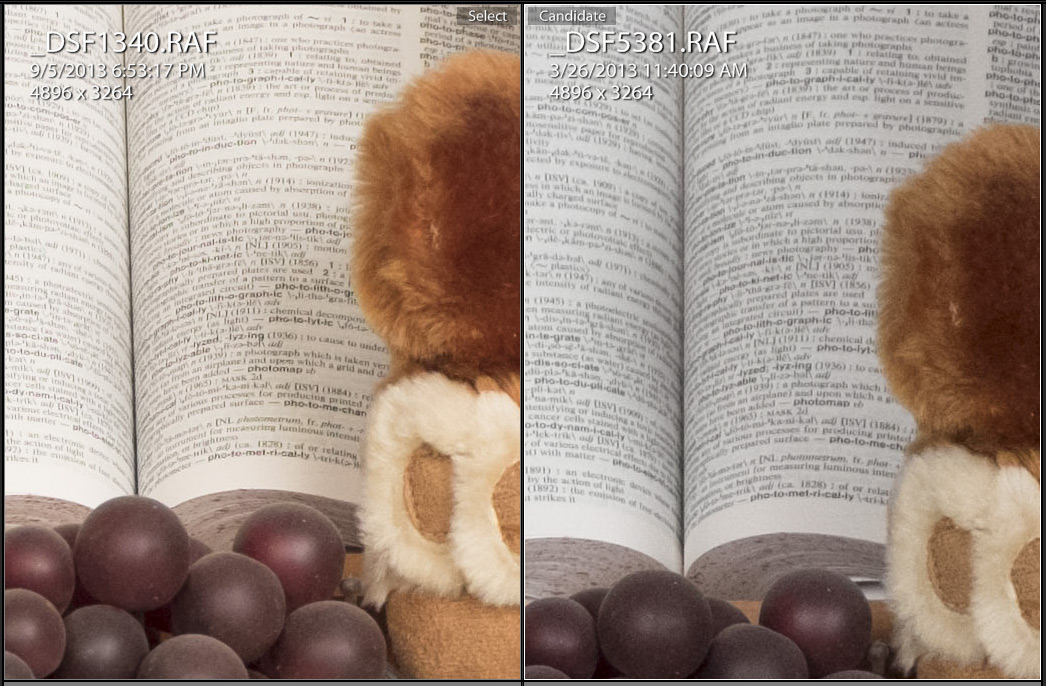
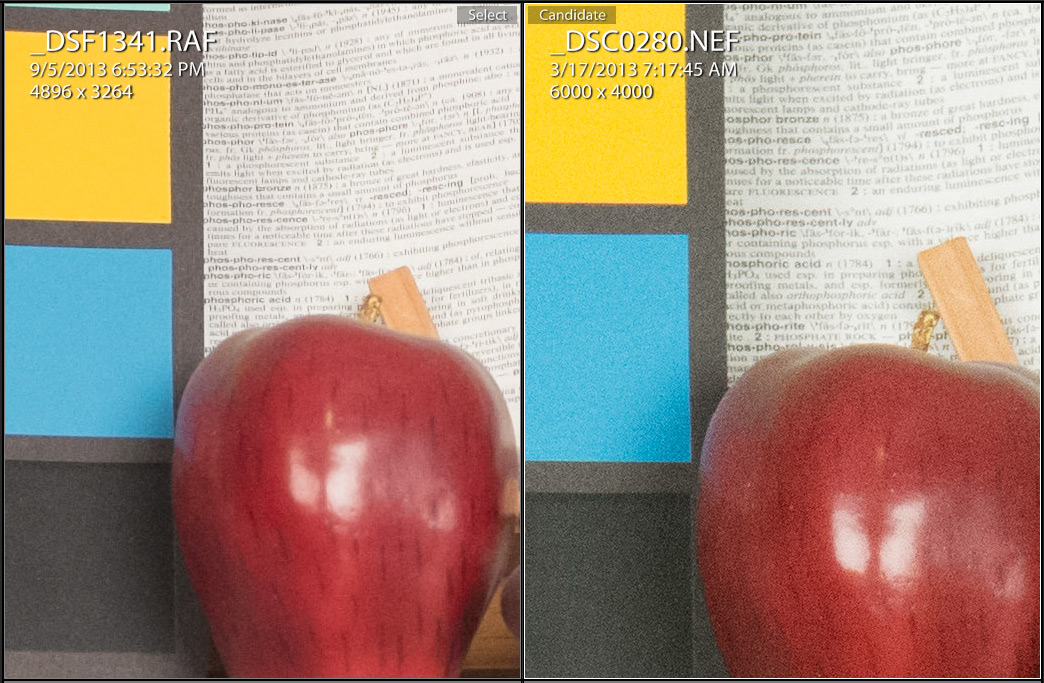
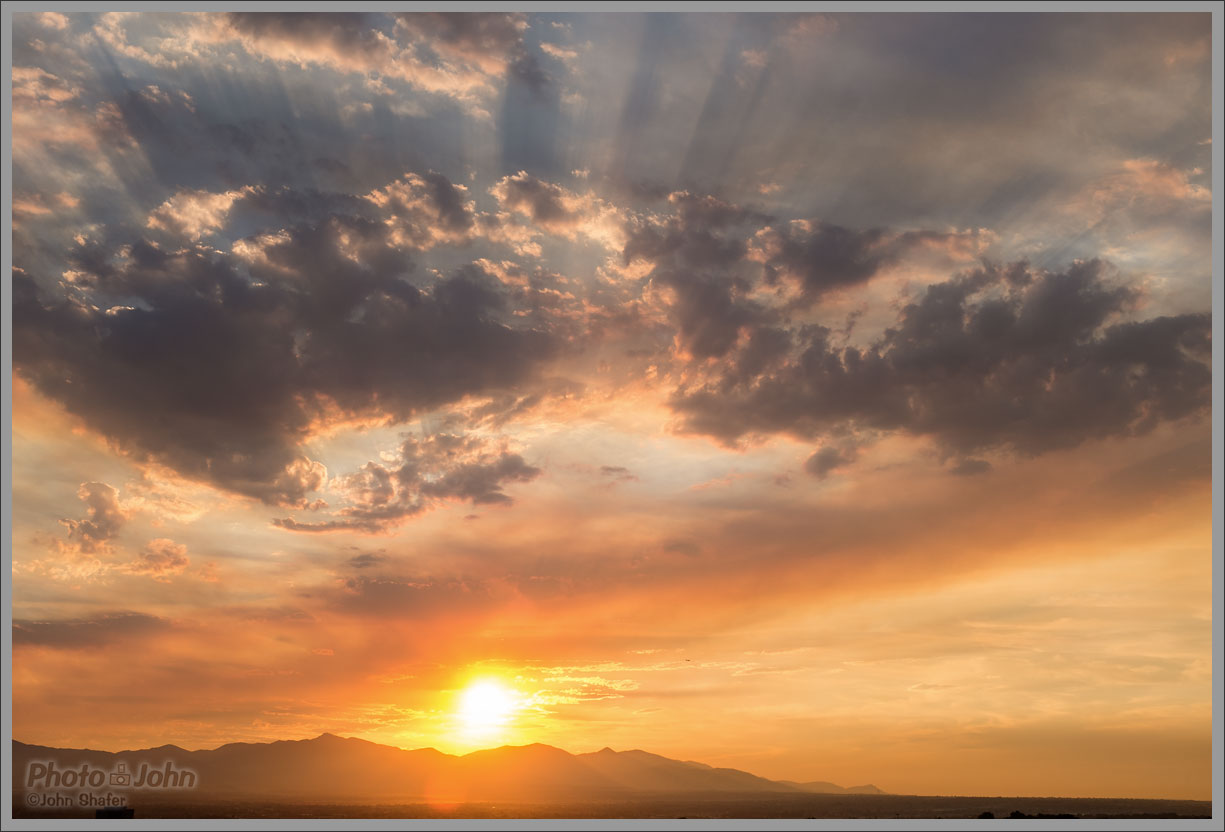
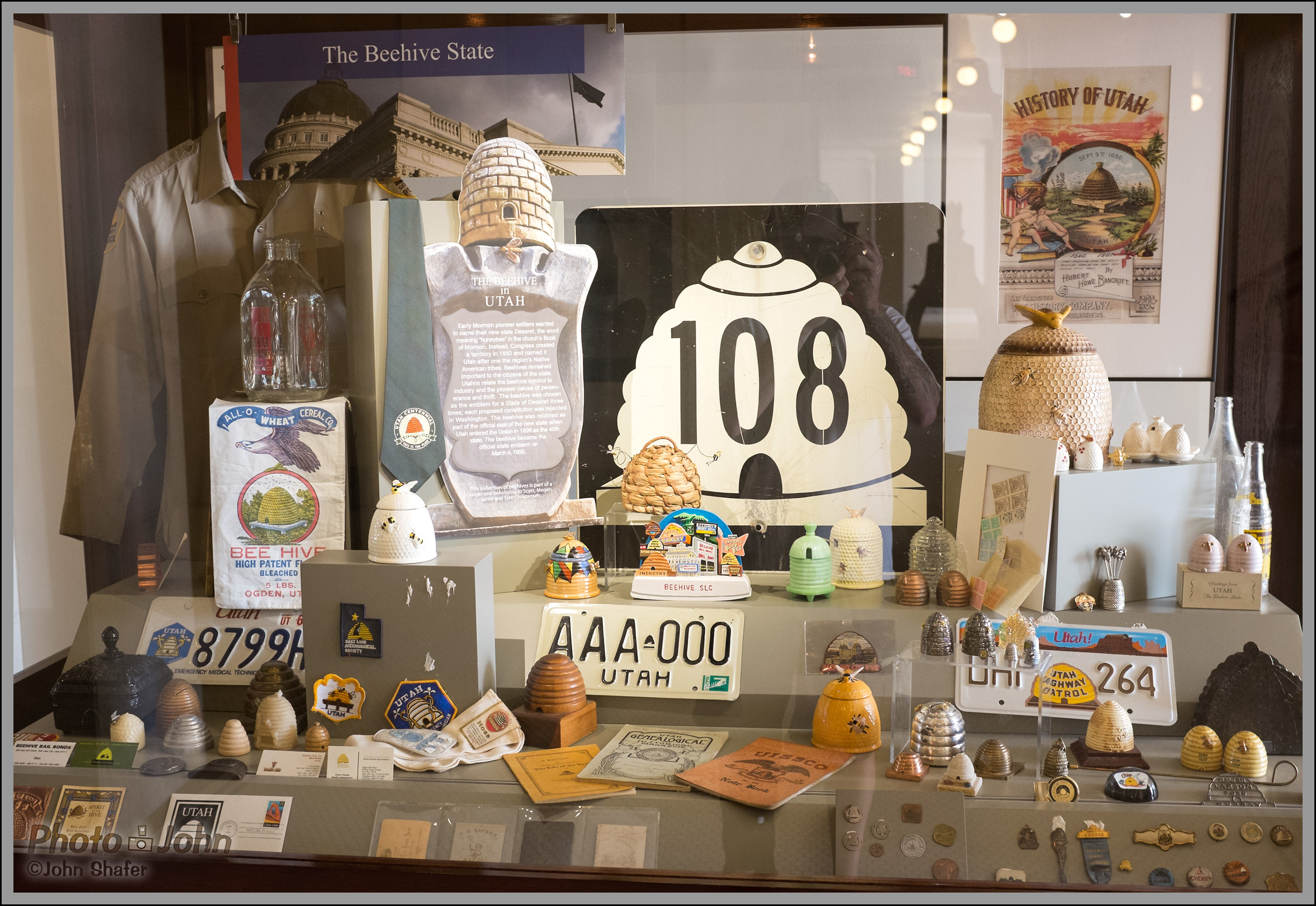
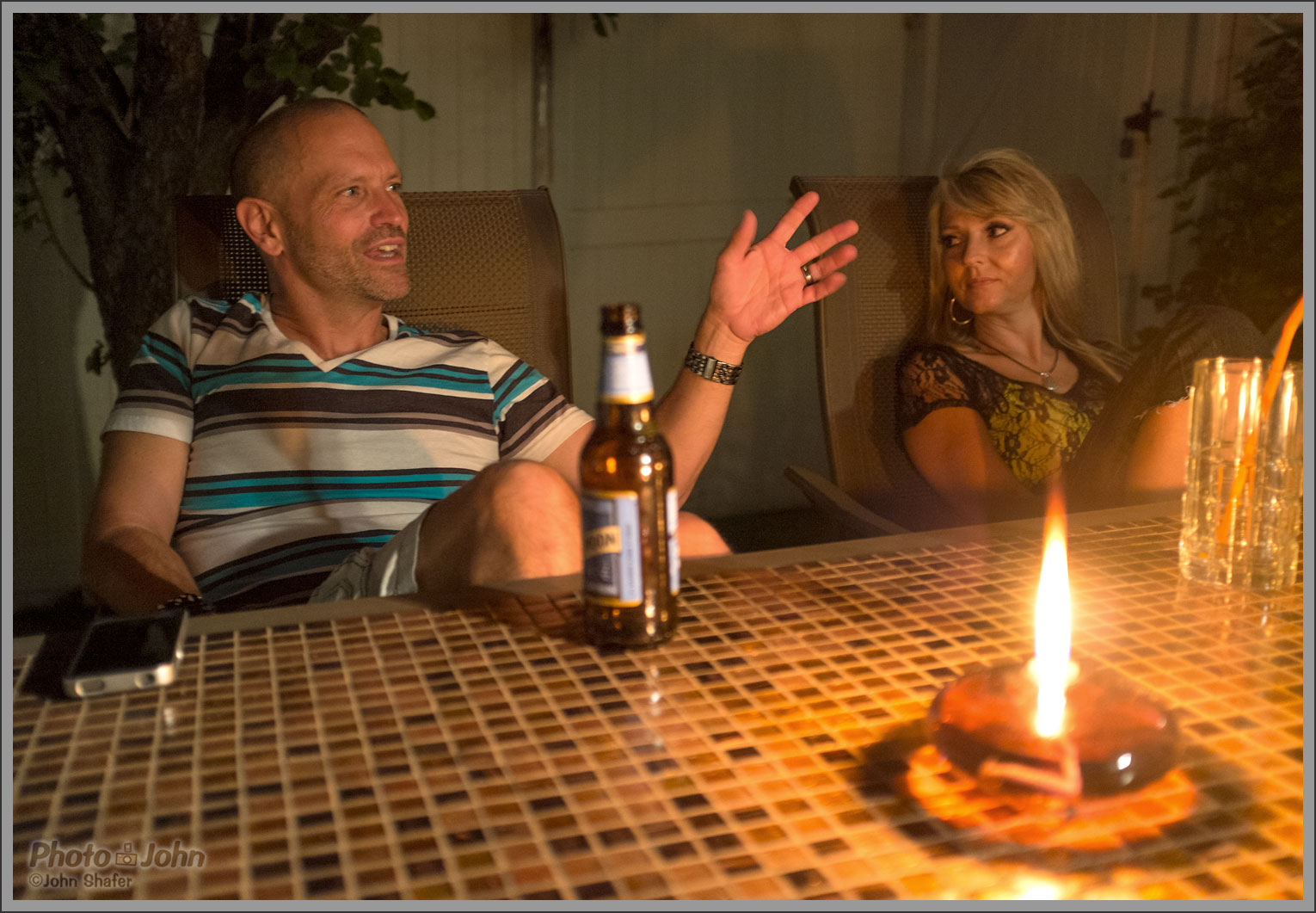
Leave a Reply